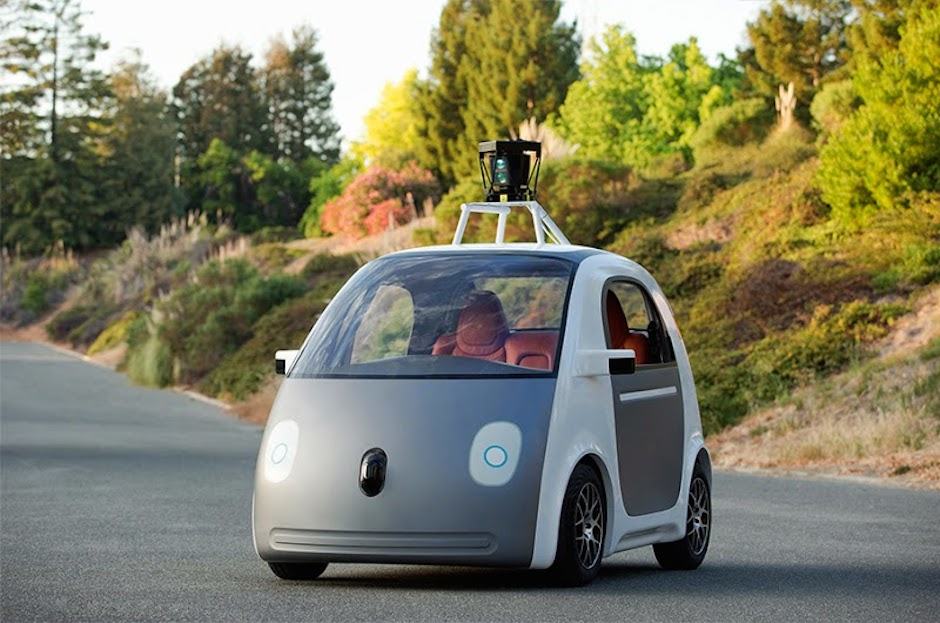Google’s new self-driving car is a tiny two-seater with no manual controls

Google has taken its self-driving car concept a step further by integrating the technology onto its own prototype vehicle powered by electricity. The tiny two-seater is made using off-the-shelf car parts, and it does not require a steering wheel or pedals.
Previously retrofitted to vehicles made by Toyota and Lexus, Google’s self-driving car technology uses a bunch of sensors and on-board computers to drive itself — without any input from a human. You just tell it where you need to go and it’ll take you there — kind of like those robot-driven taxis in Total Recall, but without the creepy robot.
The search giant’s new prototype vehicle, which was announced by Google co-founder Sergey Brin at the Recode conference this week, will have no manual controls — though early versions will be equipped with them just in case something goes wrong.
Around 100 cars will be built initially as part of a pilot program that will take place in California over the next couple of years.
If the pilot goes well, Google will eventually team up with partners “to bring this technology into the world safely.” The company hopes to be able to create a vehicle in which the passengers’ “number one job is to kick back, relax, and enjoy the ride” — but of course, safety is the primary concern.
Self-driving cars are intended to be safer than traditional ones. By eliminating the possibility of human error on the road and using technology that reacts faster than humans do, Google hopes to one day reduce the more than one million auto accidents we have worldwide every year.
It’s likely to be some time before we all have self-driving cars sat in our garages, of course, but those living in California may be able to hitch a ride in one in the not-so-distant future.
- SourceGoogle


